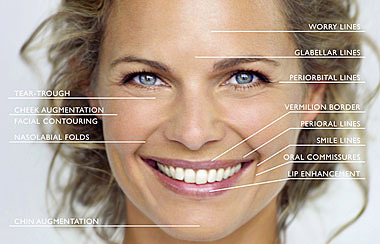What is Retin A do? What are retinols?
Vitamin A - also known as Retinaldehyde, is your multi-purpose skincare ingredient keeping your skin young and healthy.
Kasia Organic Skin Treatments use the safest and most effective form of Retinaldehyde through our Skindeep Organic Medi-Peel.
Let's take a deep look at what makes Retinaldehyde so beneficial and why we use this anti-aging power packed ingredient in Kasia treatments.
Retinaldehyde is the most exciting and well researched skin care ingredient on the market today! For years is has been researched and applauded as one of the most active ingredients in the skin but has been too expensive to use in skin care products. Through our unique partnerships with industry leaders, we are able to bring to you our liposome coated Retinaldehyde. In our bodies we convert Beta-Carotene into Retinol, Retinol into Retinaldehyde, and then Retinaldehyde into Retinoic Acid (Retin A). All of these retinoids have important and proven activity in the skin in an escalating level from Beta-Carotene to Retinoic Acid, respectively. Retinoic Acid is the only retinoid that requires a prescription even though Retinaldehyde has a similar activity level. Both Retinoic Acid and Retinaldehyde are substantially more active (500 times more!) than their Vitamin A counterparts which means we can use smaller amounts to achieve desired results. The importance of this will be explained shortly. All of the retinoids have a tough time penetrating through the epidermis because of their large particle size. One study showed that only 2% of a topically applied retinol penetrated through the upper barrier of the skin. Therefore, to have an effect on the dermis, larger volumes are often required. Unfortunately, that means that 98% of those larger volumes of retinol are sitting on top of the skin doing nothing but working against you by irritating and over-exfoliating. The advantage of using Retinaldehyde or Retinoic Acid is that smaller amounts, with much higher activity levels, can be used very effectively. Retinoic Acid and all retinoids are most effective in their "all-trans" configuration and that is how most Retin A is delivered.....The bad new is that "all-trans" retinols are significantly more expensive and by law are identified on the labels are "all-trans"....(not L-retinol AGP, Retinyl Palmitate, Retinol/Vitamin A) The other bad news is that All-trans Retinol has a defect in its methodology... Once the skin converts Retinaldehyde to Retinoic Acid, it cannot be reconverted to a form of Vitamin A that can be stored in the skin! That is why the skin converts only enough to perform the desired function and leaves the rest in the skin's storage units in forms of Retinaldehyde and/or Retinol. If you apply topical Retin A (tm), the skin cannot shut it off which results in two things; irritation from over-stimulation and over-exfoliation and a probability for the Retinoic Acid receptors to down regulate. All-trans Retinoic Acid has, by far, the most receptors of any retinoids and that is what makes it so potent. However, chronic stimulation (as in the case for every receptor in the body), results in fewer active receptors and thus diminished results over time. Retinaldehyde is the best form possible from the above listed retinoids. In addition to having its own receptor activity, it is the immediate precursor of Retinoic Acid so the skin will convert a significant amount to that form upon application. The good news is that there will never be an over-stimulation problem because the skin regulates that conversion and uses just what it needs.Research has repeatedly shown that Retinaldehyde has a similar activity profile to Retin A ,but with much less irritation.
The issue of penetration remains the same for retinaldehyde as is does for the other forms. To fix this problem we have incorporated liposomes to enhance the penetration of Retinaldehyde. Coating this ingredient in liposomes also helps to prevent oxidation which occurs with all retinoids.
Until recently, this ingredient was far too expensive to use in skin care formulations. But through our unique lab partnership, we are able to use the highest percentage of this active ingredient and bring it to the professional marketplace.
Get Top of the Line Facial Results at Kasia!
Kasia Organic Medi-Facial
A revolutionary facial treatment that will have you rethinking the average facial “peel.” This treatment is safe, painless, and will not strip or damage your skin.
The Kasia Skindeep Organic Medi-Peel and/or Facial have a 2.0% Retinaldehyde, making it the only non-acid peel that will infuse the dermis with fibroblast stimulators, immune boosters, antioxidants, pigment lighteners, and calming anti-inflammatory and anti-bacterial ingredients.
Expect results with this powerful synergy that rejuvenates the skin by increasing collagen production, fighting free radical damage, scavenging scar tissue and helping reduce hyperpigmentation making it an amazing treatment for any skin type or condition.
Reference: Pure Skin Junkie



